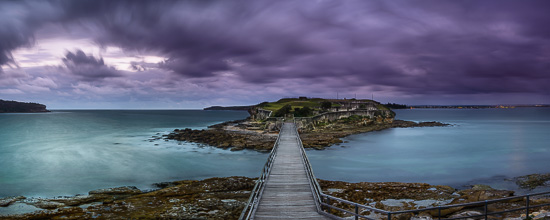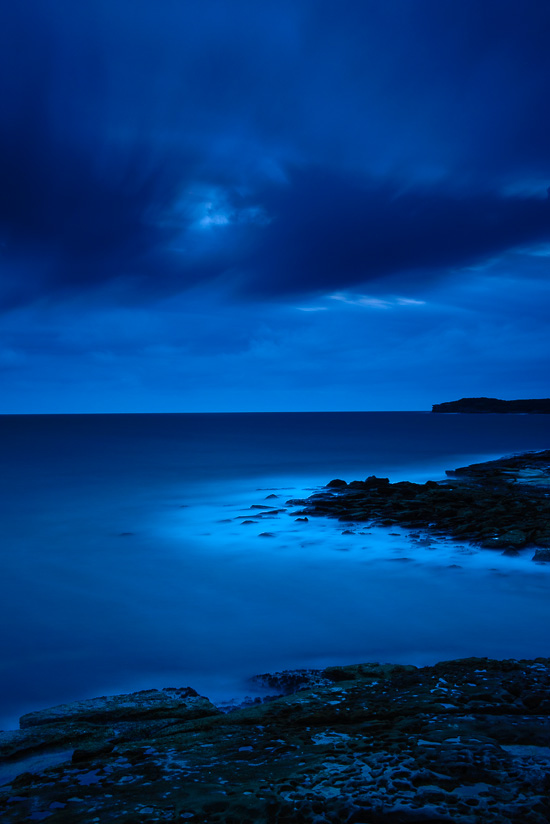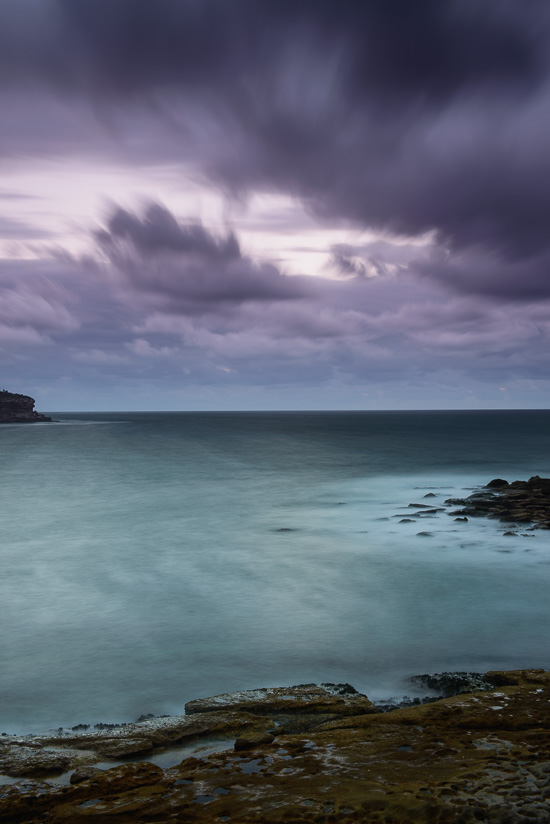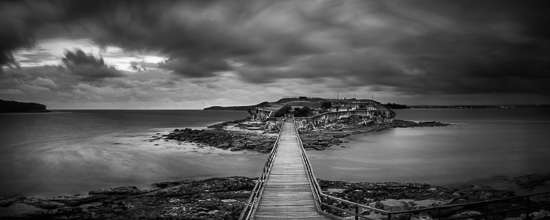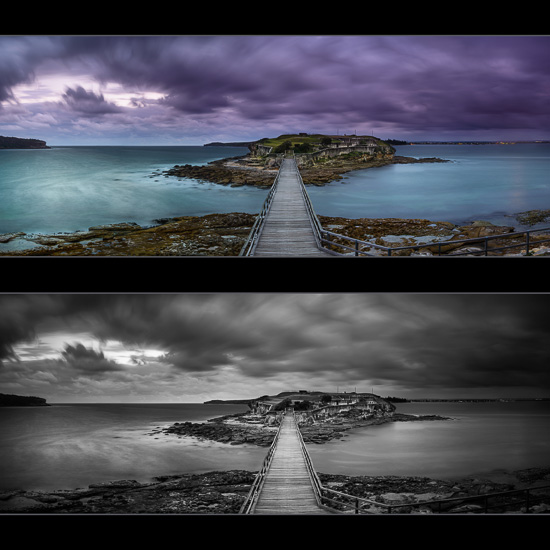Panorama at the Bare…
by Rodney Campbell on Jan.18, 2014, under Life, Photography
When we first arrived to shoot at Bare Island just off La Perouse in Sydney’s eastern suburbs I mentioned to Sabine that I’d like to do a stitched long exposure panorama of the scene using a longer focal length.
Note: These photographs (especially the wider shots) look much better when larger – so click any of the images below to see larger versions in an inline overlay slideshow gallery viewer.
Throughout the early evening Sabine kept reminding me to “do it” and finally after 23 reminders I caved and setup to take a panorama from our position overlooking Bare Island 🙂 (and of course it’s lucky I listened to her :))
Bare Panorama
Panoramas can be tricky at the best of times but long exposure panoramas during sunrise/sunset/twilight are devilishly so – there are a number of factors that make it exceptionally difficult:
– with a daytime panorama you generally don’t need to be concerned with changing light so to get consistent exposures between all the frames you generally just shoot in manual and fix a “mid” exposure across all the frames
– with a long exposure panorama at the start or end of the day you can have massive variation in light levels across the exposures – for two reasons:
– those exposures which face towards the sun are many stops brighter than those facing away from the sun
– when each of the exposures can be many minutes long, if you need to take a number of exposures (and I’ve sometimes needed to take upwards of 20+ with a long focal length) by the time you’ve taken just one set an hour or more may pass and you’ve gone from daytime to full night and the light levels from one side of the pano to the other can have insane variations. Sometimes by the time you’ve moved from one frame to the next the light might have changed by a couple stops
So it was a bit over ten minutes to sunset and I started my pano set
Teaching Point: my technique to cope with the above problems is to:
– start at the end of the pano which will end up being the darkest by the end of taking the sequence of shots (away from the sun) and finish where it will be the lightest (towards where the sun set)
– adjust the exposure between frames (generally by adjusting ISO and maybe aperture and shutter length) to compensate between frames to get relatively consistent exposures across the set
Unfortunately I’d started with the Lee BigStopper with a 250 second exposure for the first frame and by the time I’d gotten four frames into what would likely be an eight frame pano I was already out to ISO 800 and it was a couple stops underexposed. I was getting really nice deep blue exposures which I liked but I could see I wasn’t going to make it before twilight totally faded (and even ISO 25,600 wouldn’t be enough :)) even though I was going to be doing my last frame pointing to where the sun had set long ago.
Here is the second of the frames – which I quite like as a single image – this is close to as is from the camera with the as shot Auto White Balance
Blue Night
Giving that up as a lost cause and seeing as it was now almost ten minutes after sunset I dropped the BigStopper and just used the 0.9 Reverse Grad stacked with a 0.9 ND and ISO 50 @ f/11 to give me roughly one minute exposures
I then took my sequence of exposures for the pano – I had to redo two of the exposures and up the ISO on the way to compensate for the dropping light of twilight but eventually got a working set of seven (7) exposures to stitch into this panorama
I know the colours in the pano look fairly “interesting” with purple tinged skies and green tinged water, but trust me when I say they are as shot with Auto White Balance – another source frame included below
I also did a number of different monochrome conversions – this is the one I liked the most
Bare Panorama II
but I’m not sure – which do you like the best Colour or Monochrome?
Bare Panorama Colour & Mono
